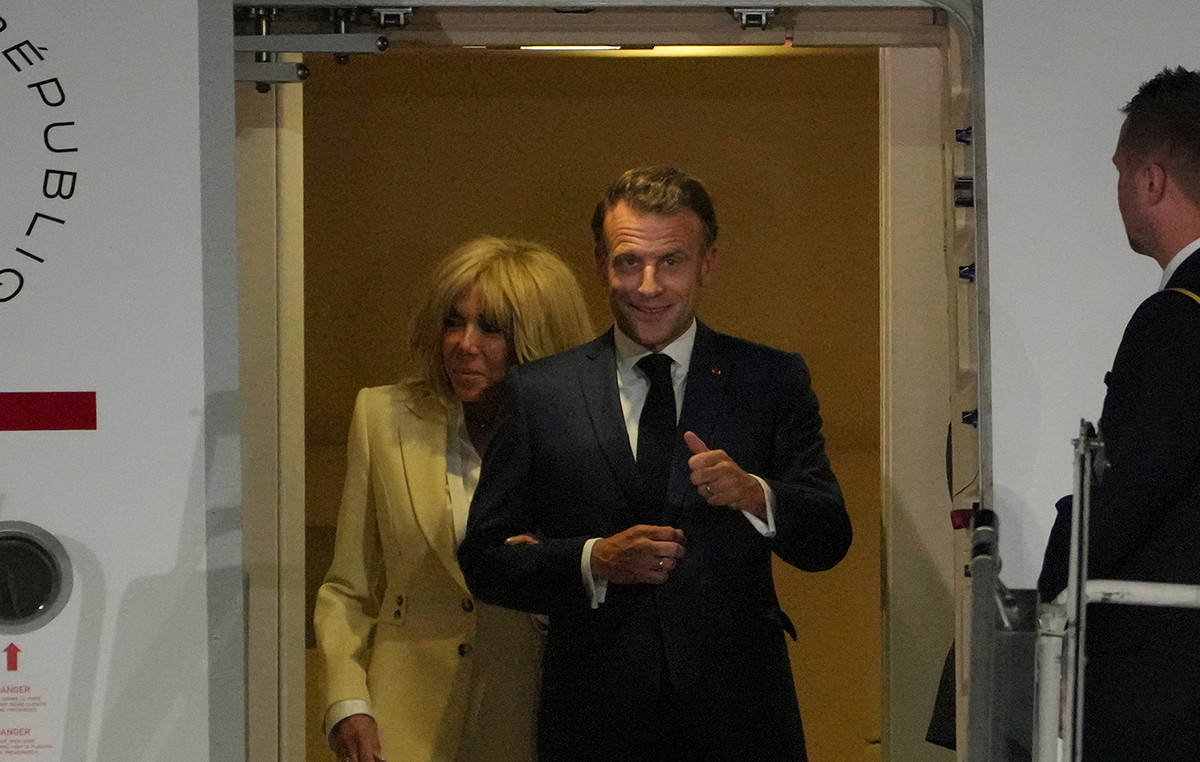The tightening of liquefied natural gas (LNG) markets around the world and dwindling supplies from major oil producers have put the world in the midst of “the first truly global energy crisis”, the head of the International Energy Agency (IEA) said. this Tuesday (25th).
Rising LNG imports to Europe amid the Ukraine crisis and a potential recovery in Chinese appetite for the fuel will tighten the market, as just 20 billion cubic meters of new LNG capacity will hit the market next year, the report said. IEA Executive Director Fatih Birol during International Energy Week in Singapore.
At the same time, the recent decision by the Organization of the Petroleum Exporting Countries (OPEC) and its allies, known as OPEC+, to cut 2 million barrels per day (bpd) of production is a “risky” decision, as the IEA sees growth demand for oil of nearly 2 million bpd this year, Birol said.
“(It’s) especially risky as several economies around the world are on the brink of recession, if we’re talking about the global recession… I found this decision really regrettable,” he said.
Rising global prices for various energy sources, including oil, natural gas and coal, are hurting consumers even as they already grapple with rising food and service inflation. High prices and the possibility of rationing are potentially dangerous for European consumers preparing to enter the Northern Hemisphere winter.
Europe could survive this winter, albeit a little hampered, if the weather remains mild, Birol said.
“Unless we have an extremely cold and long winter, unless there are surprises in terms of what we saw, for example the Nord Stream pipeline explosion, Europe should go through this winter with some economic and social bruises,” he added.
For oil, consumption is expected to grow by 1.7 million bpd in 2023, so the world will still need Russian oil to meet demand, Birol said.
The G7 nations have proposed a mechanism that would allow emerging nations to buy Russian oil, but at lower prices to limit Moscow’s revenues after the war in Ukraine.
Birol said the scheme still has many details to be worked out and will require the purchase of major oil-importing countries.
A US Treasury official told Reuters last week that it is not unreasonable to believe that up to 80% to 90% of Russian oil will continue to flow outside the price cap mechanism if Moscow tries to breach it.
“I think this is good because the world still needs Russian oil to flow to the market for now. An 80%-90% is a good and encouraging level to meet demand,” said Birol.
While there is still a huge volume of strategic oil reserves that can be exploited during a supply disruption, another launch is not on the agenda, he added.
Energy security drives renewable energy
The energy crisis could be a turning point for accelerating clean sources and for forming a sustainable and secure energy system, Birol said.
“Energy security is the main driver (of the energy transition),” Birol said, as countries see energy technologies and renewable energy as a solution.
The IEA has revised its 2022 renewable energy capacity growth forecast to a 20% year-on-year increase from 8% previously, with about 400 gigawatts of renewable capacity being added this year.
Many countries in Europe and elsewhere are accelerating the installation of renewable capacity, cutting back on permit and licensing processes to replace Russian gas, Birol said.
Source: CNN Brasil
Joe Jameson, a technology journalist with over 2 years of experience, writes for top online news websites. Specializing in the field of technology, Joe provides insights into the latest advancements in the industry. Currently, he contributes to covering the world stock market.





